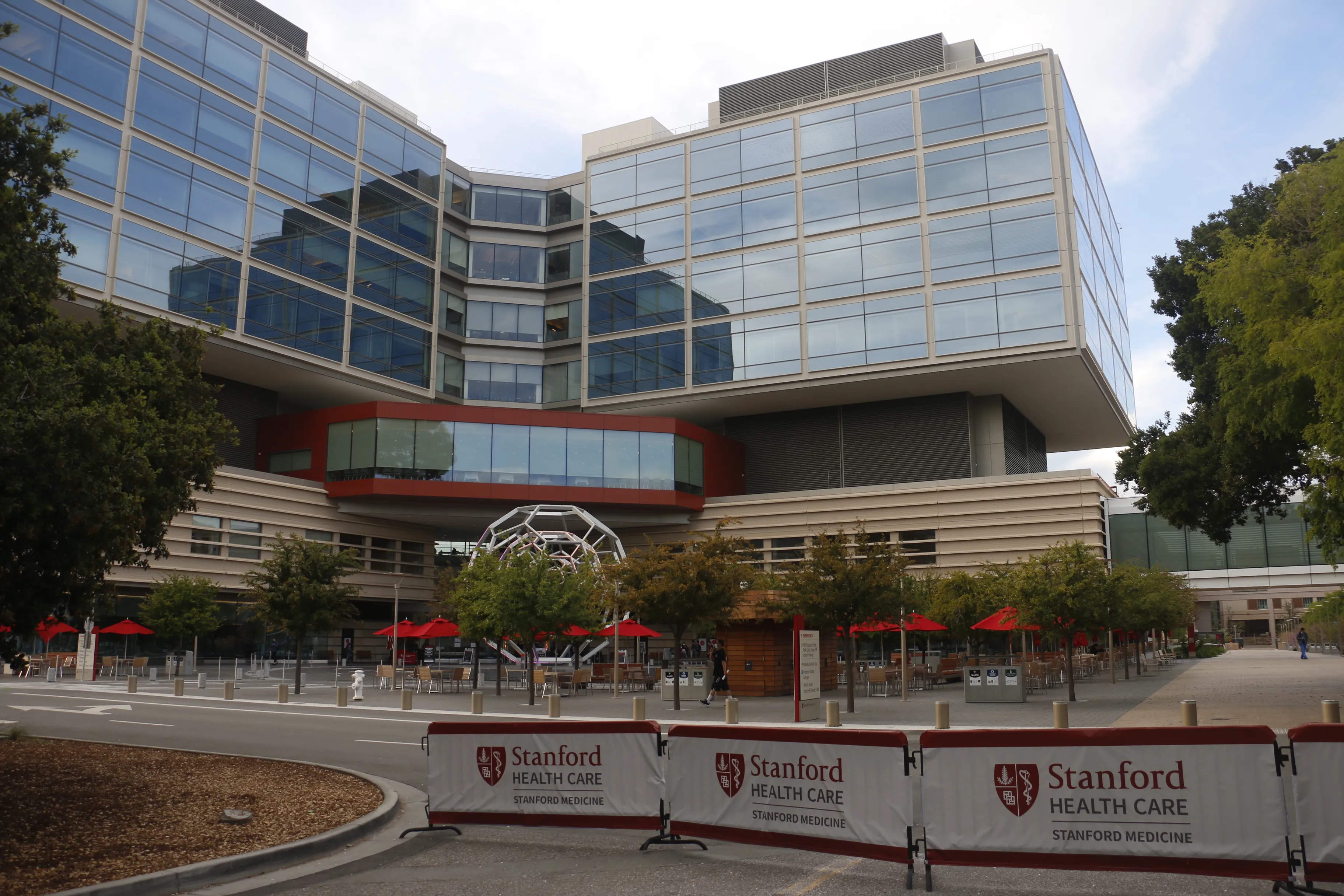Stanford Health Care resumed almost all delayed procedures — including surgeries, diagnostic tests and other procedures — on May 4 after the California government began lifting restrictions in late April.
Before resuming full operations, Stanford Health Care had received $102 million in government stimulus under the Coronavirus Aid, Relief, and Economic Security (CARES) Act. These funds were crucial to ensuring safety for reopening, according to Stanford Health Care spokesperson Julie Greicius.
“Investments were made to quickly establish and scale testing, increase the number of ICU beds, purchase needed equipment such as ventilators, rapidly stand up an Occupational Health clinic for staff evaluation and testing, and purchase needed significant amounts of PPE to protect staff and patients,” Greicius wrote in an email to The Daily.
Stanford Health Care has tested more than 11,000 of its 14,000 employees so far for COVID-19; only 0.3% without symptoms tested positive. The infected workers are currently being treated at Stanford and will be quarantined and re-tested before being allowed to resume work.
“Our contact investigations have shown almost all infected staff acquired it through community spread, rather than at work,” wrote Chief Medical Officer Norman Rizk in an email to The Daily.
Aside from PPE, universal masking and frequent symptoms screening, Stanford Health has also set up a new monitoring system to further ensure safety of all involved.
“We have deployed a system of internal tele-health, using iPads and high definition cameras, in 400 inpatient rooms and in the ED,” Rizk wrote. “This allows health care providers to speak to the patient without going into the room of COVID-19 patients.”
Stanford Health Care currently averages between six and 10 COVID-19 patients per day, and those patients are placed in special wards, one “ICU ward” and one “regular ward,” to control internal spread, Rizk told The Daily.
“[COVID-19 patients] represent less than 2% of our licensed beds, and it is not difficult to cohort them together for infection control, and to ensure their providers are expert at their care — which is protocolized,” Rizk wrote.
However, SEIU-UHW, the union representing Stanford Health Care employees, says it is concerned over whether hospital-acquired infections can be effectively controlled. In a press release on Monday, SEIU noted that Stanford Health had “its fiscal year 2020 Medicare payments cut because it was in the bottom 25 percent of hospitals in the nation with respect to hospital-acquired infections and patient safety indicators, according [to] the federal government’s Centers for Medicare and Medicaid Services.”
“We’re also very concerned about the reopening of elective surgeries when environmental services workers — the people who clean the hospital and patient rooms — have been so dramatically cut back,” wrote SEIU-UHW spokesperson Steve Trossman in an email to The Daily.
Greicius wrote in a statement to The Daily that those scores were based on 2016-2018 data and that Stanford Health Care’s efforts “have resulted in improved performance over time,” citing its #8 out of 93 Comprehensive Academic Medical Centers in the Vizient 2019 Quality Leadership Award, 5 out of 5 Stars on Hospital Compare, and Safety Grade “A” from the Leapfrog Group ratings.
“Safety and quality are the highest priorities for Stanford Health Care,” Greicius wrote. “As an organization, we invest heavily in people, structure, technology and processes to prevent all hospital-acquired conditions.”
Stanford Health Care implemented its Temporary Workforce Adjustment (TWA) program last month, asking employees to either take time off or accept a pay cut. Like many other healthcare providers, lowered patient volumes and cancellation of lucrative surgeries led to steep revenue losses.
Though workers were presented with options to maintain wages by going into negative paid time off (PTO), many considered the solution unreasonable as it entailed giving up PTO for future years. Now, workers say that it is clear Stanford Health’s adjustment program is unnecessary, pointing to the amount of stimulus received and the resuming of elective procedures.
Stanford Health Care has not made any modifications to its current program, which will continue until July 4.
“The Temporary Workforce Adjustment program was implemented to help us weather these financial difficulties while keeping our workforce at full wages and benefits intact and providing options to maintain their earnings,” Greicius wrote. “The TWA program remains necessary, despite the aid from CARES, to help us avoid additional expense reduction measures that could impact staff more significantly.”
Since the adjustment program was implemented, workers have held a protest demanding reconsideration. More than 700 workers have signed an open letter against the mandatory pay and hour reductions.
“[There is still] no reinstatement of hours because this is being driven by money,” Trossman wrote, “not patient care or concern for healthcare workers.”
May 13, 9 a.m.: This article has been updated to include a statement from Julie Greicius responding to SEIU-UHW’s concerns over hospital-acquired infections.
Contact Enya Lu at enyalu ‘at’ stanford.edu.
